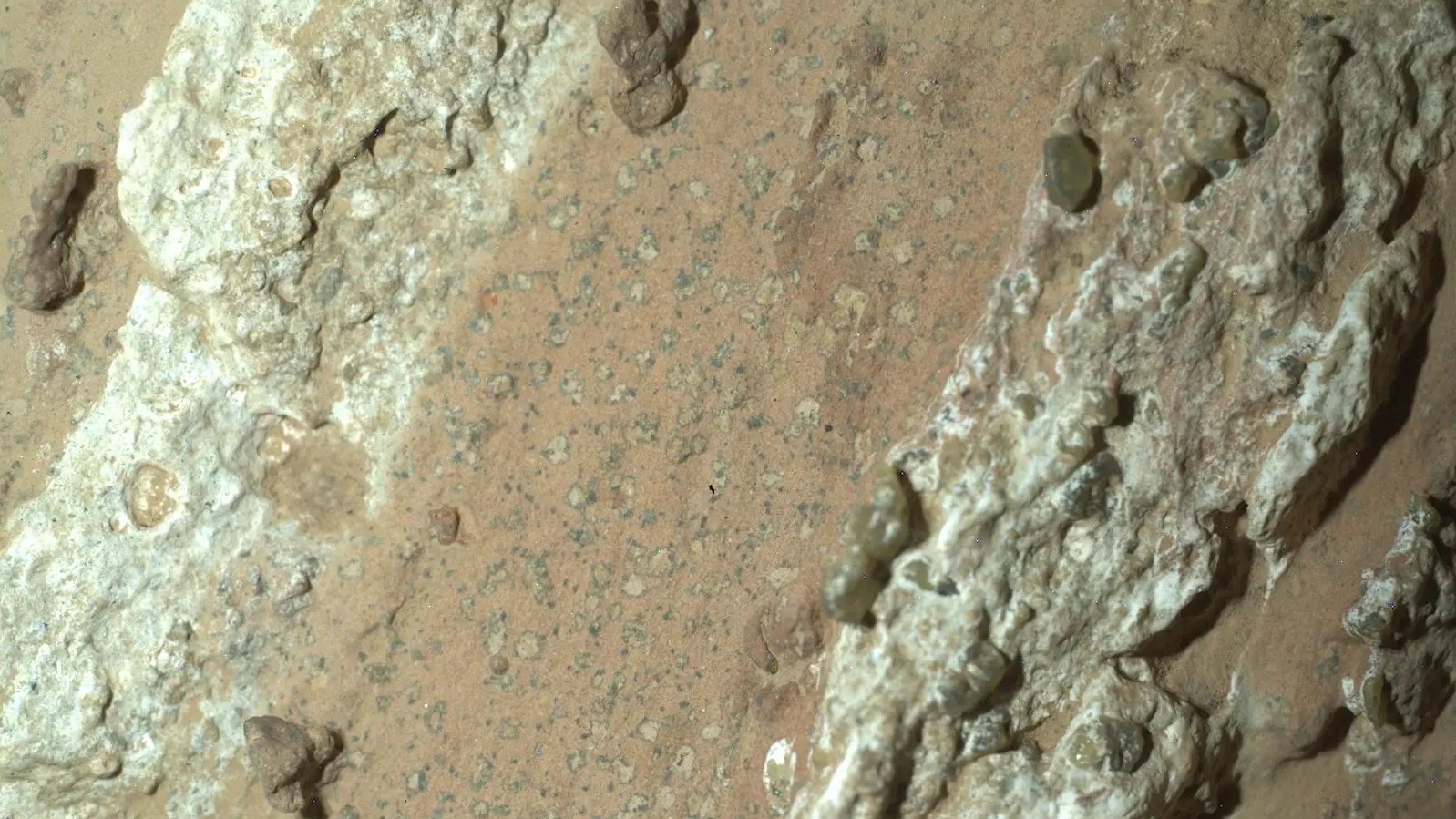Saturn's largest moon has lakes of liquid methane

A new analysis of data provided by NASA's Cassini spacecraft has yielded some surprising results about Saturn's largest moon, Titan. As it turns out, the large lakes that dot parts of Titan's surface are home to not water but huge amounts of methane and ethane.
These hydrocarbons are more familiar to us in their gaseous form, NASA's Jet Propulsion Laboratory explained. But on Titan, the temperatures are so cold that these gases have condensed into liquids — enough, in some cases, to fill lakes that are 300 feet deep.
Scientists have already known that Titan has a cycle similar to Earth's water cycle — except instead of water, these liquid hydrocarbons are what get pooled in its oceans, evaporated into the atmosphere, and rained back down again. But while we already knew that Titan's larger seas are filled with methane and ethane, we weren't sure about the smaller bodies of water.
The Week
Escape your echo chamber. Get the facts behind the news, plus analysis from multiple perspectives.

Sign up for The Week's Free Newsletters
From our morning news briefing to a weekly Good News Newsletter, get the best of The Week delivered directly to your inbox.
From our morning news briefing to a weekly Good News Newsletter, get the best of The Week delivered directly to your inbox.
Cassini collected the data that led to this conclusion almost exactly two years ago, on April 22, 2017. Now, approaching the anniversary of the spacecraft's last Saturn flyby, this latest research was published in the journal Nature Astronomy. "Every time we make discoveries on Titan, Titan becomes more and more mysterious," said the study's lead author, Marco Mastrogiuseppe.
Read more about this exciting new discovery at JPL.
A free daily email with the biggest news stories of the day – and the best features from TheWeek.com
Shivani is the editorial assistant at TheWeek.com and has previously written for StreetEasy and Mic.com. A graduate of the physics and journalism departments at NYU, Shivani currently lives in Brooklyn and spends free time cooking, watching TV, and taking too many selfies.
-
 11 hotels opening in 2026 to help you reconnect with nature
11 hotels opening in 2026 to help you reconnect with natureThe Week Recommends Find peace on the beaches of Mexico and on a remote Estonian island
-
 Zimbabwe’s driving crisis
Zimbabwe’s driving crisisUnder the Radar Southern African nation is experiencing a ‘public health disaster’ with one of the highest road fatality rates in the world
-
 The Mint’s 250th anniversary coins face a whitewashing controversy
The Mint’s 250th anniversary coins face a whitewashing controversyThe Explainer The designs omitted several notable moments for civil rights and women’s rights
-
 Blue Origin launches Mars probes in NASA debut
Blue Origin launches Mars probes in NASA debutSpeed Read The New Glenn rocket is carrying small twin spacecraft toward Mars as part of NASA’s Escapade mission
-
 Dinosaurs were thriving before asteroid, study finds
Dinosaurs were thriving before asteroid, study findsSpeed Read The dinosaurs would not have gone extinct if not for the asteroid
-
 Africa could become the next frontier for space programs
Africa could become the next frontier for space programsThe Explainer China and the US are both working on space applications for Africa
-
 NASA reveals ‘clearest sign of life’ on Mars yet
NASA reveals ‘clearest sign of life’ on Mars yetSpeed Read The evidence came in the form of a rock sample collected on the planet
-
 SpaceX breaks Starship losing streak in 10th test
SpaceX breaks Starship losing streak in 10th testspeed read The Starship rocket's test flight was largely successful, deploying eight dummy satellites during its hour in space
-
 Rabbits with 'horns' sighted across Colorado
Rabbits with 'horns' sighted across Coloradospeed read These creatures are infected with the 'mostly harmless' Shope papilloma virus
-
 Why does the US want to put nuclear reactors on the moon?
Why does the US want to put nuclear reactors on the moon?Today's Big Question The plans come as NASA is facing significant budget cuts
-
 Lithium shows promise in Alzheimer's study
Lithium shows promise in Alzheimer's studySpeed Read Potential new treatments could use small amounts of the common metal